
Catch up on the top AI-related news and research in radiology over the past month.

Catch up on the top AI-related news and research in radiology over the past month.
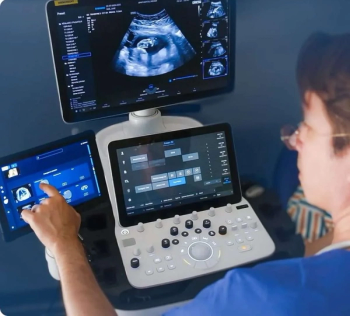
Recent multicenter research showed a 22 percent improvement in the detection of fetal anomalies with the Sonio Suspect AI-powered ultrasound module.

Catch up on the top radiology content of the past week.

In a study involving assessment of over 1,000 thyroid nodules, researchers found the machine learning model led to substantial increases in sensitivity and specificity for estimating the risk of thyroid malignancy over traditional TI-RADS and guidelines from the American Thyroid Association.

Catch up on the top radiology content of the past week.
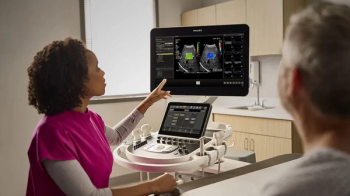
Offering an array of AI-powered automation and image optimization, the new Elevate software is geared to maximizing workflow efficiencies for the EPIQ Elite and Affiniti ultrasound systems.
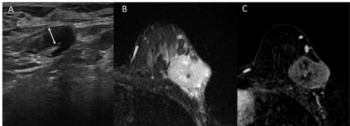
Anterior tumor location was over 14 times more likely to be associated with axillary metastasis after neoadjuvant treatment for breast cancer, according to new breast MRI and ultrasound research.

Phase 2 studies of the BR55 ultrasound contrast agent reportedly demonstrated a 95 percent accuracy in showing the expression of vascular endothelial growth factor receptor 2 (VEGFR2) in bowel segments reflecting active inflammation in patients with Crohn’s disease.

Emphasizing the role of radiologists in facilitating timely diagnosis of Marfan syndrome, Alan Braverman, M.D. discussed the use of echocardiography, CT, and MRI in evaluating patients with this genetic aortic condition.

Catch up on the most-well viewed radiology content in January 2025.
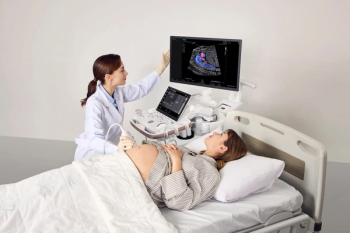
Designed for advanced OB-GYN applications, the Samsung Z20 ultrasound platform reportedly provides a combination of artificial intelligence (AI) tools and enhanced ergonomics.
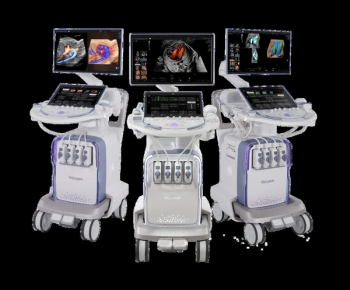
An array of AI-powered features and automated tools may lead to improved workflow and image quality with the Voluson Expert 22, 20 and 18 ultrasound systems.

Catch up on the top AI-related news and research in radiology over the past month.

Catch up on the top radiology content of the past week.
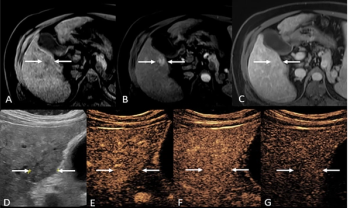
For patients previously assessed with LI-RADS LR-4 and LR-M presentations based on MRI or CT findings, the use of contrast-enhanced ultrasound led to 30 percent of these patients having LR-5 assessments definitive for hepatocellular carcinoma.
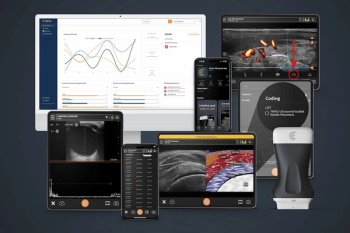
The latest ultrasound software update from Clarius includes new artificial intelligence (AI) capabilities, coding assistance and a variety of advances tailored to different fields of medicine.

Catch up on the top radiology content of the past week.
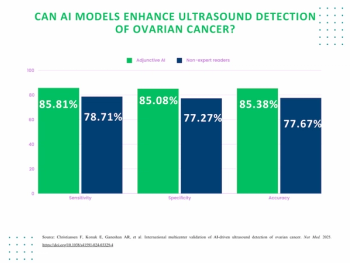
Adjunctive AI offered greater than seven percent increases in sensitivity, specificity, and accuracy for ultrasound detection of ovarian cancer in comparison to unassisted clinicians who lacked ultrasound expertise, according to findings from new international multicenter research.

Catch up on the most well-viewed video interviews from Diagnostic Imaging in 2024.
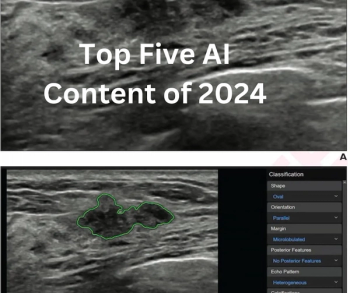
Catch up on the most viewed content on AI in radiology from 2024.
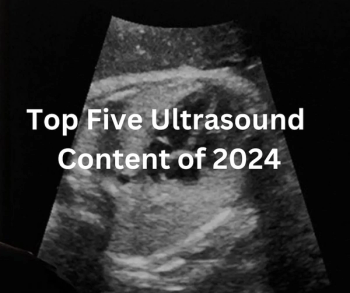
Catch up on the most well-read ultrasound content from 2024.

Catch up on the most well-read mammography articles from 2024.

Catch up on the top AI-related news and research in radiology over the past month.

The AI-enabled EchoGo® Amyloidosis software for echocardiography has reportedly demonstrated an 84.5 percent sensitivity rate for diagnosing cardiac amyloidosis in heart failure patients 65 years of age and older.

Emerging research demonstrated that the Stone Clear device, which facilitates post-lithotripsy clearance of kidney stone fragments, led to a 70 percent lower risk of relapse in comparison to observation in a control group.